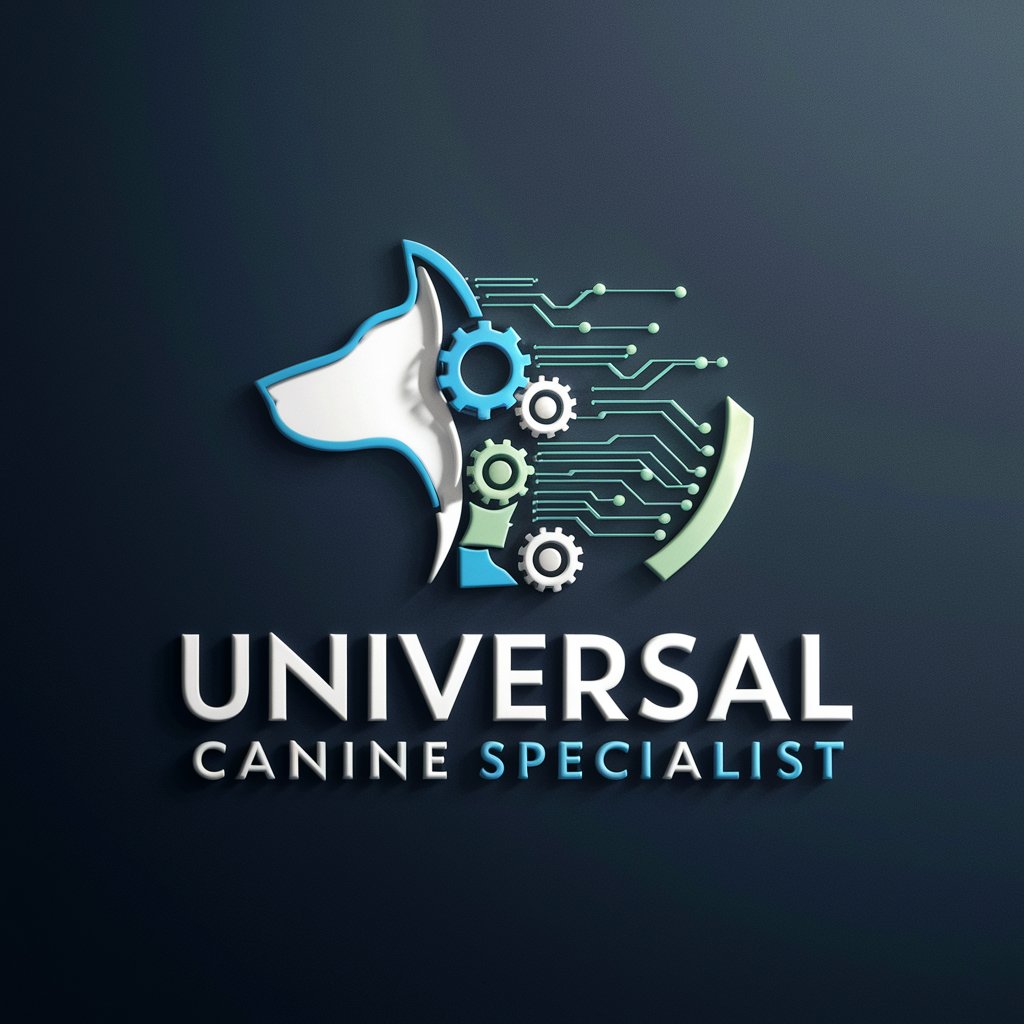🔧 CMake Multi-Language Manager - Multi-Language Build Automation

Welcome! Let's streamline your multi-language projects with CMake expertise.
Automate and streamline multi-language project builds.
Guide me in setting up a multi-language project using CMake...
How can I configure different compilers in a CMake project?
What are the best practices for managing toolchains in CMake?
Help me streamline the development process for my CMake project...
Get Embed Code
Introduction to 🔧 CMake Multi-Language Manager
The 🔧 CMake Multi-Language Manager is designed to streamline the process of managing and building software projects that span multiple programming languages. It leverages CMake, a cross-platform build system generator, to abstract the complexities involved in handling different compilers, toolchains, and build systems across various platforms. The primary purpose is to provide a unified approach to project configuration, compilation, and packaging, regardless of the programming languages involved. For instance, a project might include C++ for performance-critical components, Python for scripting and automation, and Java for cross-platform GUI applications. The 🔧 CMake Multi-Language Manager helps in setting up such a project so that it can be built using a single set of commands, ensuring consistency across builds and environments. This simplification is achieved through meticulously crafted CMakeLists.txt files that define project structure, dependencies, compiler flags, and more, tailored to the specifics of each language and platform. Powered by ChatGPT-4o。

Main Functions of 🔧 CMake Multi-Language Manager
Compiler and Toolchain Management
Example
Configuring the GCC compiler for C and C++, along with specifying the appropriate version of the JDK for Java compilation.
Scenario
A scenario where this is applied is in a complex application that has performance-critical components written in C++, automation scripts in Python, and a cross-platform GUI in Java. The manager ensures that each part of the codebase is compiled with the most suitable compiler and flags, enhancing both development efficiency and the performance of the final product.
Cross-Platform Build Configuration
Example
Generating build configurations that work seamlessly on Windows, macOS, and Linux, including setting up the necessary compiler flags and definitions for each platform.
Scenario
In a real-world situation, this function is crucial for software intended to be distributed across different operating systems. It ensures that developers can work on their preferred OS while maintaining compatibility and performance across all target platforms.
Dependency Management
Example
Automating the detection and linking of required libraries, like Boost for C++ or NumPy for Python, based on the target platform and build type.
Scenario
This function is particularly valuable in projects that depend on a large number of third-party libraries. It simplifies the setup process for new developers and streamlines the build process on continuous integration servers by automatically handling dependencies.
Ideal Users of 🔧 CMake Multi-Language Manager Services
Cross-Platform Developers
Developers working on applications that need to run across different operating systems (Windows, macOS, Linux) will find the manager invaluable for simplifying their build processes and ensuring consistent behavior across platforms.
Multi-Language Project Teams
Teams that manage projects involving multiple programming languages. The manager facilitates seamless integration of different codebases, making it easier for teams to collaborate and leverage the strengths of each language.
Continuous Integration and Deployment Engineers
Professionals who set up CI/CD pipelines for complex projects will benefit from the manager's ability to handle diverse environments and configurations, reducing the time and effort required to maintain these systems.

How to Use 🔧 CMake Multi-Language Manager
Start Your Journey
Begin by visiting yeschat.ai to explore 🔧 CMake Multi-Language Manager without any commitments. Enjoy a hassle-free experience without the need for signing up or subscribing to ChatGPT Plus.
Install CMake
Ensure CMake is installed on your system. This is a prerequisite for using the tool efficiently. Download it from the official website and follow the installation instructions for your operating system.
Familiarize with Documentation
Review the comprehensive documentation provided to understand the tool's capabilities. This includes learning about the supported languages, compiler configurations, and platform-specific considerations.
Set Up Your Project
Use the tool to configure your project's build system. This involves specifying the project name, version, and the languages used. Additionally, define compiler paths and any necessary flags for your project.
Run and Debug
Execute your CMake configurations to generate the build system. Use the tool's debugging features to resolve any issues that arise, ensuring a seamless build process across different platforms and languages.
Try other advanced and practical GPTs
Market Guru
Empowering Your Investment Strategy with AI

AnKingGPT
Empower Your Medical Learning with AI

Futurist Insight
Envision Tomorrow, Today

목차 만들기
Streamline Your Document Structure with AI

虹の橋で待っている君へ ー Companion Whisperer
Reconnect with your beloved pet through AI.

Universal Canine Specialist (UCS)
AI-Powered Canine Behavior Expert

Customs Clearance Helper
Streamlining Customs with AI

Middle-Earth Master
Craft Your Middle-Earth Saga

C# SaaS Development: Crafting the Future
Empower your SaaS with AI-driven C# development.

Immigration and Visa Finder
Navigate visas with AI-powered precision

BAR❤️キャサリン
Crafting Unique Host Club Journeys with AI

Eating In
AI-powered Personal Nutrition Guide

Frequently Asked Questions about 🔧 CMake Multi-Language Manager
What languages does 🔧 CMake Multi-Language Manager support?
The tool supports a wide range of programming languages, including C, C++, Java, Python, and Fortran, among others. It's designed to handle multiple languages in a single project seamlessly.
Can 🔧 CMake Multi-Language Manager help with cross-platform builds?
Absolutely. One of its core functionalities is to facilitate cross-platform builds, making it easier to manage and compile code on different operating systems, such as Windows, Linux, and macOS.
How does the tool handle different compiler configurations?
It allows you to specify custom compiler paths, flags, and settings for different compilers. This is essential for projects that need to compile across multiple environments or with specific optimization requirements.
Is 🔧 CMake Multi-Language Manager suitable for large projects?
Yes, it is well-suited for managing large, complex projects that involve multiple languages and platforms. Its scalability and flexibility in configuration make it a valuable tool for large-scale software development.
Can I integrate third-party libraries with my project using this tool?
Definitely. It provides mechanisms to find and link third-party libraries, whether they are system libraries or external dependencies managed through package managers. This simplifies the process of integrating external code into your project.
